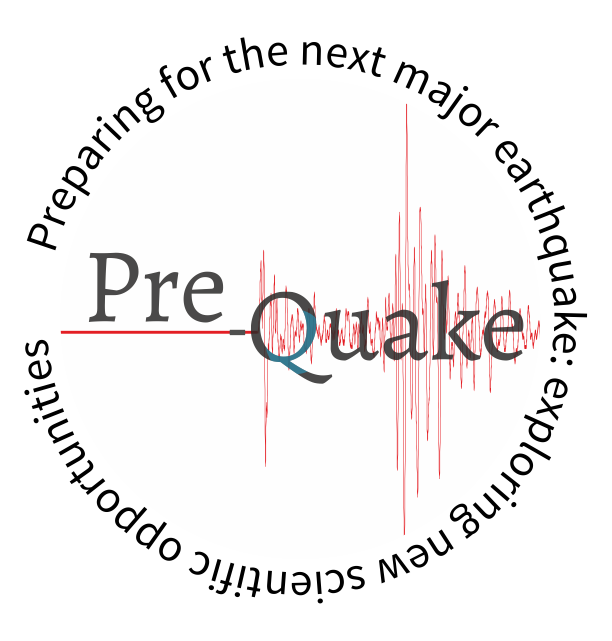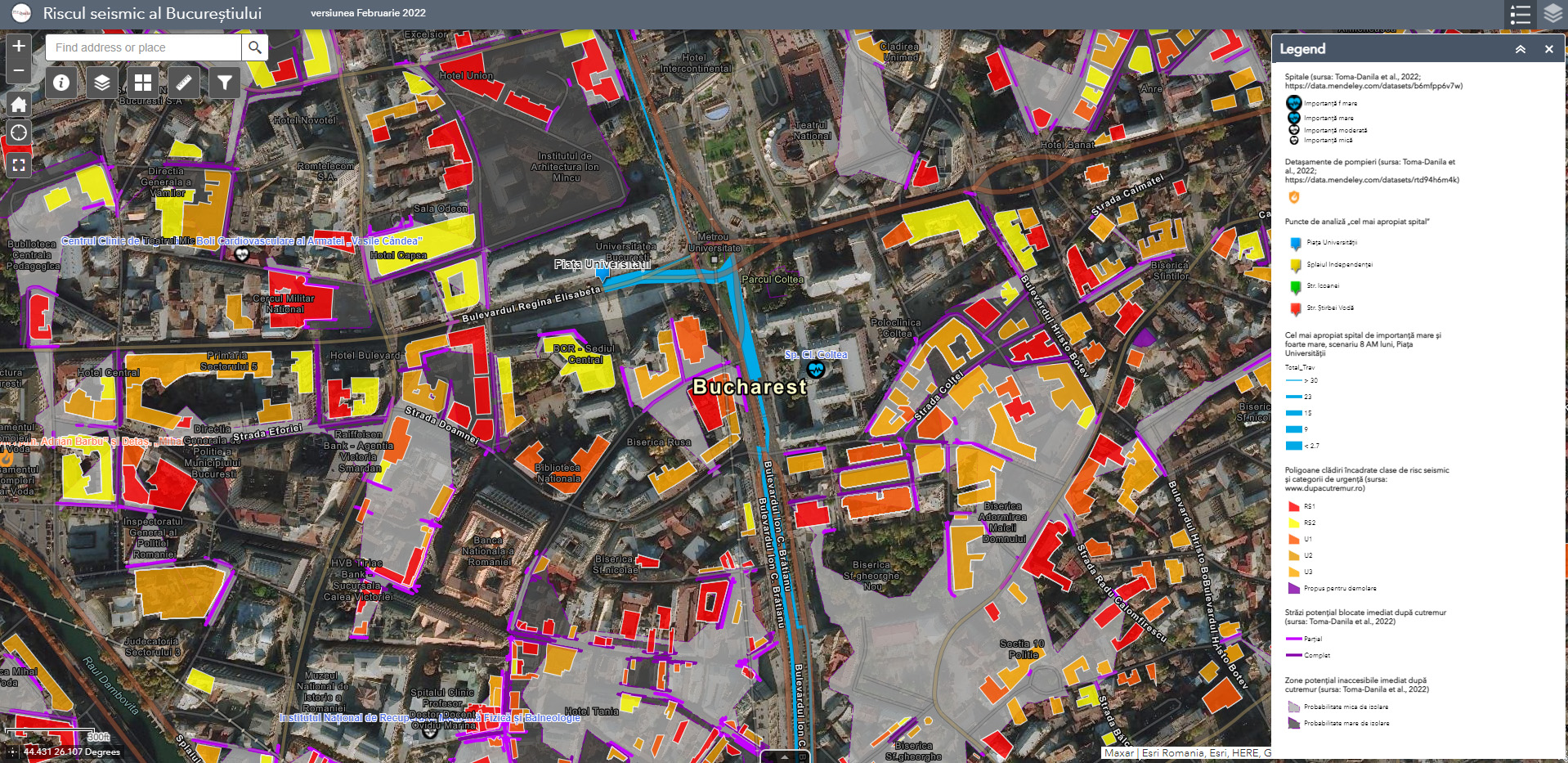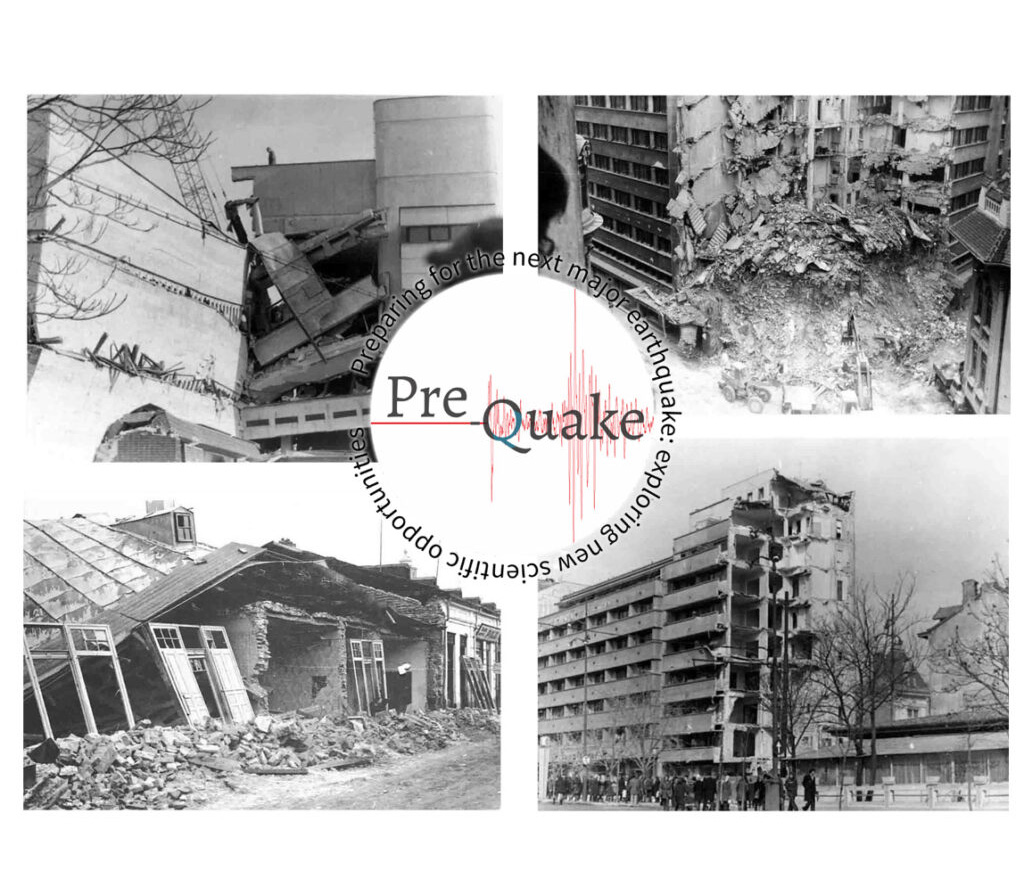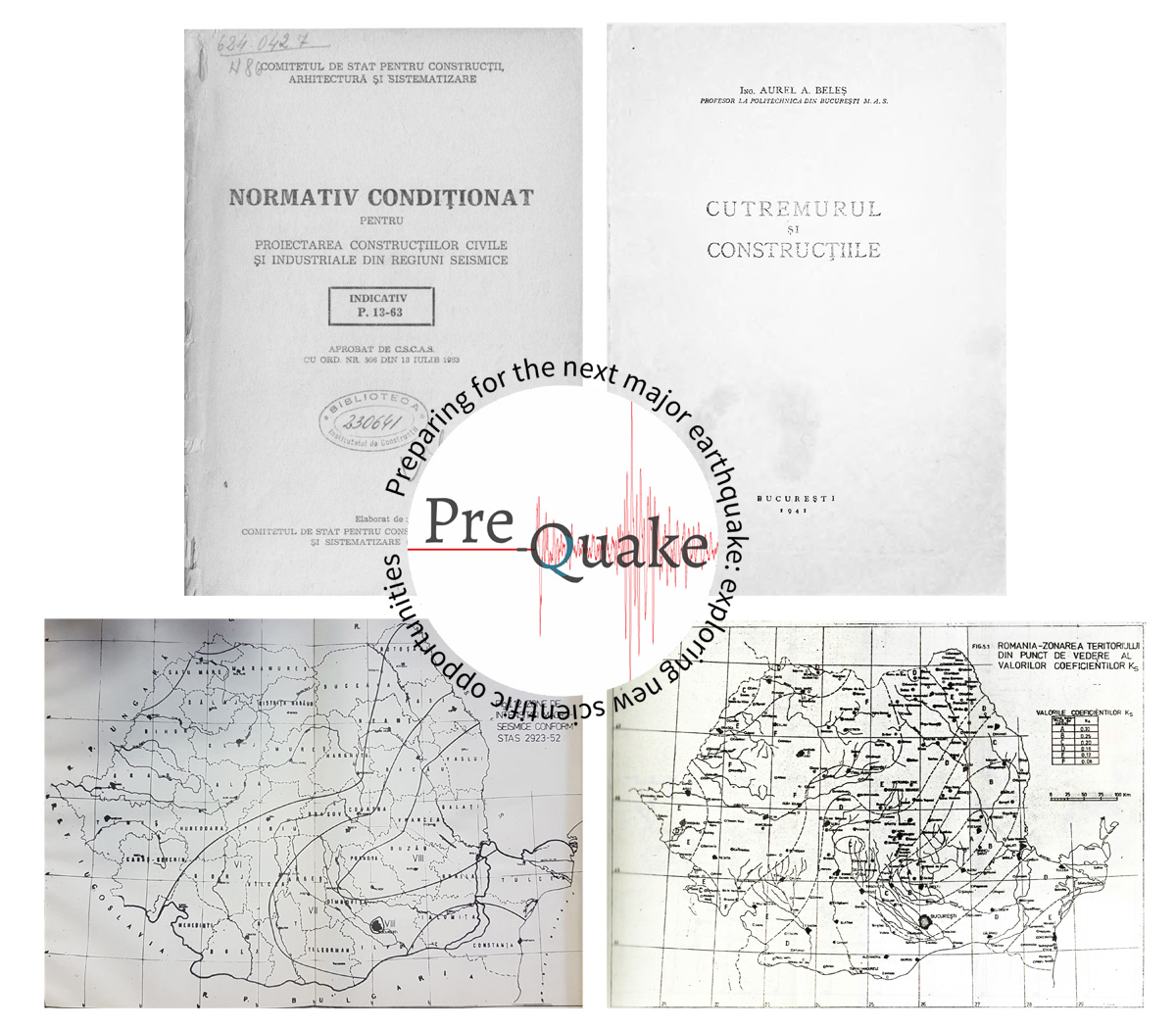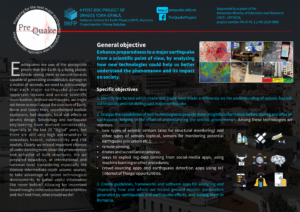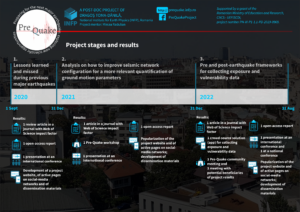For your proper information regarding recent earthquakes in the Romania area but also world-wide, we recommend the following official websites:
- INCDFP (http://www.infp.ro/): official web-site of the National Institute for Earth Physics in Romania, in charge of seismic monitoring
- EMSC (http://www.emsc-csem.org/): official web-site of the European-Mediterranean Seismological Centre, where you can find joint information from multiple seismological centers and products such as Did you feel it? responses and earthquake reports
- USGS earthquake section (United States Geological Survey; https://earthquake.usgs.gov/): information regarding the latest earthquakes and products such as ShakeMap and PAGER, regarding earthquake estimated impact or Did you feel it? responses
- GFZ GEOFON (https://geofon.gfz-potsdam.de/): information regarding the latest earthquakes
- GDACS (Global Disaster Alert and Coordination System; https://www.gdacs.org/): multi-hazard loss estimates platform at global level, supported by UN and EU
- AFAD (Turkish Disaster Management Authority); https://en.afad.gov.tr/), where you can find information regarding recent earthquakes in Turkey and disaster response. The list of recent earthquakes can be retrieved at https://deprem.afad.gov.tr/last-earthquakes
- FIIPREGATIT (the Romanian official platform for disaster prevention; https://fiipregatit.ro/): useful resources for a wide array of hazards.
You can find much more useful links on the Mobile Earthquake Exhibition website, where you can also download a html bookmarks file which can be easily imported in your browser.
